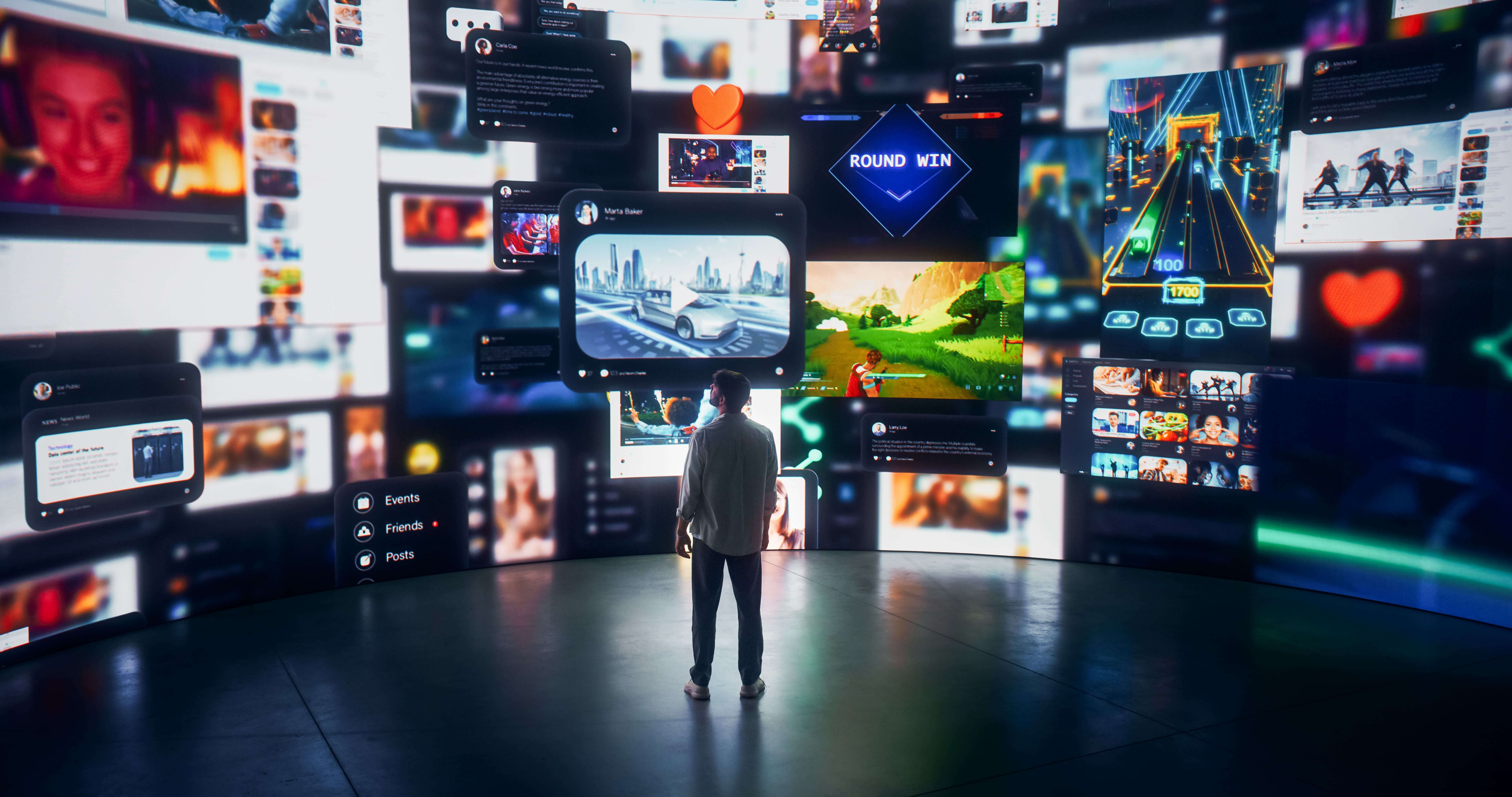Virtual Reality (VR) has transcended its roots in science fiction to become a transformative force across various industries, offering immersive experiences that defy the boundaries of space and time. From entertainment and gaming to healthcare and education, VR technology continues to evolve, driving innovation and unlocking new possibilities.
In this article, we'll take a deep dive into the world of Virtual Reality, exploring its diverse applications, recent advancements, and the profound impact it's having on the way we live, work, and play.
Exploring VR Applications Across Industries:
VR's versatility extends across a wide spectrum of industries, each harnessing its immersive capabilities to achieve different objectives. In entertainment and gaming, VR transports users to fantastical worlds where they can explore, interact, and experience adventures like never before. Similarly, in healthcare, VR is revolutionizing patient care by providing immersive therapy experiences, surgical simulations, and pain management solutions. In education, VR enhances learning outcomes by creating immersive environments where students can engage with complex concepts and scenarios in a hands-on manner.
Advancements in VR Technology:
The field of VR technology is advancing at a rapid pace, driven by innovations in hardware, software, and content creation. One of the most notable advancements is the development of standalone VR headsets, which offer untethered experiences without the need for external sensors or cables. These standalone devices, such as the Oculus Quest series, provide users with greater freedom of movement and accessibility, making VR more accessible to a broader audience. Additionally, advancements in display technology, haptic feedback, and spatial audio are enhancing immersion and presence, making VR experiences more realistic and compelling.
Enterprise Adoption and Training:
Beyond consumer entertainment, VR is gaining traction in the enterprise sector, where it's being used for training, simulation, and collaboration purposes. From virtual employee onboarding and safety training to complex simulations for industrial applications, VR offers a cost-effective and scalable solution for immersive training experiences. By replicating real-world scenarios in a safe and controlled environment, VR enables employees to develop practical skills, improve decision-making, and mitigate risks, ultimately driving operational efficiency and productivity.
Social VR and Remote Collaboration:
In an increasingly interconnected world, VR is redefining how we communicate, collaborate, and connect with others. Social VR platforms such as Facebook Horizon and Rec Room enable users to interact with friends, colleagues, and strangers in virtual environments, fostering a sense of presence and camaraderie. Additionally, VR-powered collaboration tools allow remote teams to meet, brainstorm, and collaborate in virtual spaces, transcending the limitations of traditional video conferencing and enhancing productivity and creativity.
Challenges and Future Directions:
While VR holds immense promise, it also faces challenges such as content accessibility, hardware limitations, and user comfort. However, ongoing research and development efforts are addressing these challenges, paving the way for the next generation of VR experiences. Future advancements in areas such as artificial intelligence, 5G connectivity, and brain-computer interfaces promise to further enhance VR's capabilities, opening up new frontiers for exploration and innovation.
Conclusion:
In conclusion, Virtual Reality continues to push the boundaries of what's possible, offering immersive experiences that captivate, educate, and inspire. With its diverse applications across industries, recent advancements in technology, and potential for driving innovation and collaboration, VR is poised to play an increasingly integral role in our lives. As we navigate the depths of Virtual Reality, it's clear that the journey ahead is filled with excitement, opportunity, and endless possibilities.




